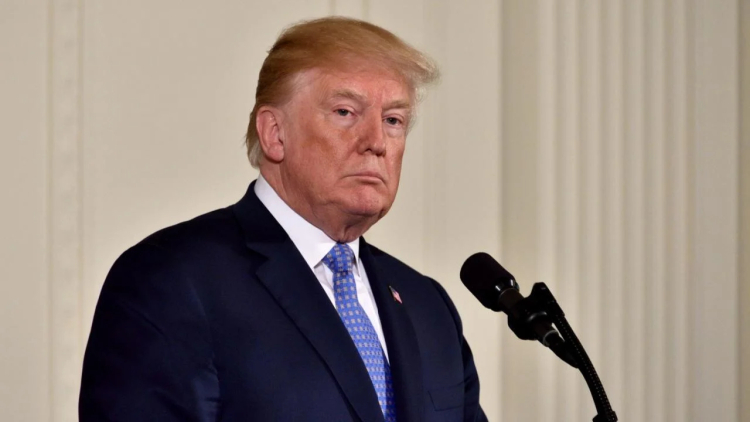Trump Insists Tariffs Are the Answer to $36 Trillion National Debt Crisis
President Trump proposes tariffs as a solution to the $36 trillion U.S. national debt, suggesting a return to 19th-century fiscal policies. Read about the potential impacts and controversies surrounding this approach.

Trump’s Vision: Tariffs as a Solution to National Debt
President-Elect Donald Trump has reignited the debate over the use of tariffs in U.S. economic policy. On social media, Trump asserted that tariffs were historically responsible for the country’s wealth during the 19th century and could once again serve as a cornerstone of fiscal strategy.
Trump’s Social Media Remarks
Responding to a post by venture capitalist Marc Andreessen highlighting tariffs’ historical contribution to federal revenue, Trump remarked:
"The tariffs, and tariffs alone, created this vast wealth for our country. Then we switched over to income tax."
He further emphasized:
"We were never so wealthy as during this period. Tariffs will pay off our debt and, MAKE AMERICA WEALTHY AGAIN!"
A Return to 19th-Century Fiscal Policies
Trump advocates for replacing income taxes with tariffs, citing the late 19th century as an era of unparalleled U.S. prosperity driven by high tariffs. During an October appearance aired on Fox, he stated:
"When we were a smart country, in the 1890s … this is when the country was relatively the richest it ever was. It had all tariffs. It didn’t have an income tax."
Proposed Tariff Regime
Trump has proposed significant tariff hikes on imports, including:
- China: Blanket 10% tariff increase
- Mexico and Canada: 25% tariffs on imports
These measures aim to protect domestic industries and generate revenue to address the $36 trillion national debt.
Potential Risks and Criticisms
Trump’s tariff-first strategy has sparked concerns among economists and policymakers:
-
Trade Wars:
Countries like China, Mexico, and Canada have hinted at potential retaliatory measures, which could escalate into full-scale trade wars. -
Economic Impact:
Critics argue that higher tariffs may increase consumer costs, disrupt supply chains, and strain international trade relations. -
Historical Context Misalignment:
While tariffs were a major revenue source in the 19th century, the modern global economy operates on a vastly different scale, relying on interconnected trade networks and lower tariffs to sustain economic growth.
Conclusion
Trump’s proposal to revive tariffs as a primary economic tool underscores his broader vision of a return to protectionist policies. While his approach could generate short-term revenue, it risks economic backlash and global trade instability.
What's Your Reaction?















